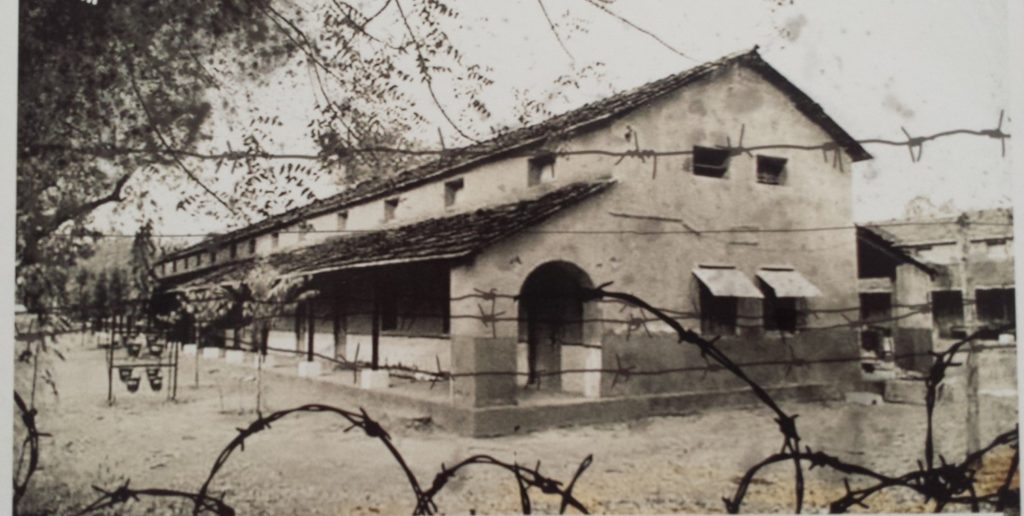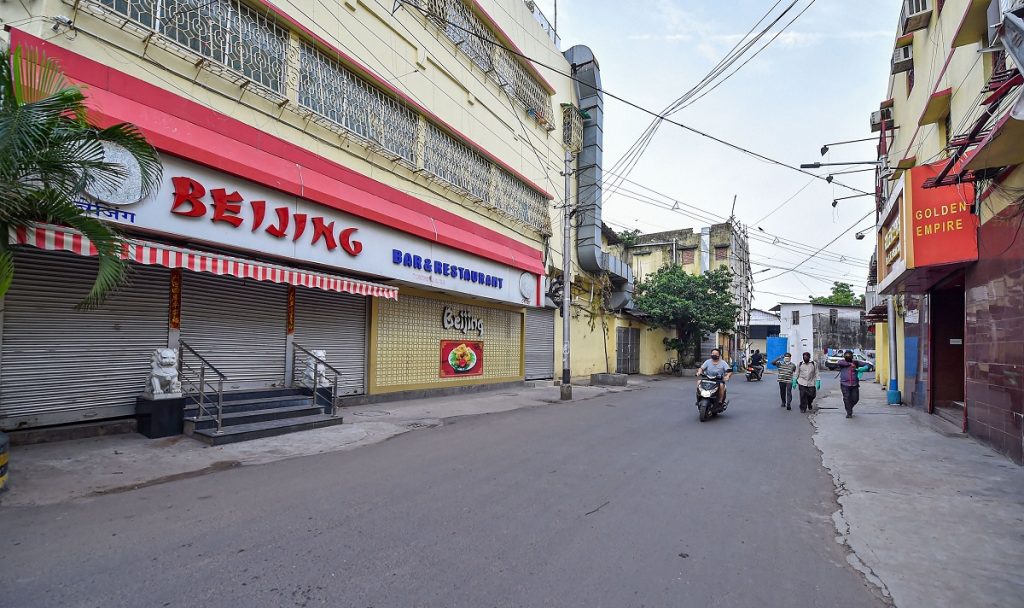When citizens become enemies, such an episode cannot be cannot be pushed to the recesses of public memory.

It’s in the nature of history that some stories are seldom told, if at all. The story of the Chinese community in this country, summarily packed off to internment camps after India was defeated by China in the 1962 war, is one such episode pushed to the recesses of public memory. There has been little discourse around the subject, and no official acknowledgement of the injustice done to the Chinese Indian community.

Rita Chowdhury rescues that slice of history from oblivion in her historical novel, Chinatown Days. First published in Assamese in 2010 with the title Makam (named after the main Chinese settlement in the region), the book brings those fraught years to light. Overnight, Chinese Indian families were yanked out of their homes, split up, and herded onto trains to spend an unknown number of days, months, or even years in a prison camp in Deoli, a town in Rajasthan. A bewildered and anguished community tried, in vain, to make sense of its sudden degraded status as prisoners.
Chinatown Days reveals how wars scapegoat people who have nothing to do with lighting or stoking the fire. People who simply happen to be on the wrong side of history at a juncture – like that one – when passions are riled up, and governments are locked in war. The stigma of internment, along with the absence of social and political conversation around the injustice, drove survivors of the Deoli camps into silence for nearly five decades.
As a fresh conflict between India and China surfaces with scenes of politicians and ordinary citizens calling for boycotting Chinese goods and trades , we may recall the plight of the Chinese community that suddenly found itself hemmed in from all sides because of a war that was not of their making.
Earlier this year, in their book, The Deoliwallahs: The True Story of the 1962 Chinese-Indian Internment, authors Joy Ma and Dilip D’Souza used interviews to capture the voices of the Chinese community, spanning generations, now dispersed across India and the rest of the world.
Born in Deoli, in her section of the preface, Ma writes : “The Camp is something I lived with from the earliest moment … For us, the survivors of the interment … the stigma and effects have lasted a lifetime, made deeper by the lack of information about the incident. And the experience remains hard to forget no matter how far we have come.” She now lives in the US.
Survivors speak of their experiences in the documentary, Beyond Barbed Wires: A Distant Dawn, saying that even a word of apology from the Indian government would go some way in helping them negotiate the past and heal its wounds. “The total population of Kolkata’s Chinatown was around 30,000, After 1962, there are hardly 2000 Chinese living in India,” Ming-Tung Hsieh, a former detainee, says in the film.
If and when they see the light of day, such narratives show the fragility of existence in a country that you may not have been born in, but one you have embraced as your own, and have been living in for generations.
The genesis of the Chinese community in India dates back to at least the 19th century, when the British East India Company hired workers from China to launch the tea industry in India. Citing Kolkata’s National Library records, Jaideep Mazumdar, in an essay, identifies Yong Atchew as the first Chinese person to settle in Calcutta in 1780. Atchew launched a sugar mill around which grew one of India’s first Chinese communities. By the middle of the 19th century, there was a sizable Chinese population living in India. And at the time of Indian independence, descendants of the early Chinese workers – some of whom were transported to the country as slaves – had become integrated with local cultures, considering themselves citizens of India.

A group of Chinese workers brought to Assam by the East India Company in the 1830s, many of them indentured or trafficked, form the Chinese community in Chowdhury’s novel. At a time when the ‘outsider’ vs ‘insider’ debate in our public and private conversations has become layered with such corrosiveness, Chowdhury portrays a seamless assimilation of the Chinese community within Assamese society. Assamese and Chinese women and men get married into each other’s communities, the Chinese speak fluent Assamese, while the Assamese eagerly wait for the celebrations of the Chinese New Year. Chowdhury’s novel closely follows the reality of the times. In today’s acidic atmosphere of suspicion, one wonders if this is what utopia looks like.
The India-China war, and particularly India’s humiliating defeat at the hands of the Chinese, in one swoop destroyed that equilibrium. The Indian government, then headed by Jawaharlal Nehru, chose to treat the Chinese community as ‘enemies’ for their association with the enemy country, even though China was not just geographically but culturally distant to the Chinese community in India. Overnight, Chinese Indians across India, particularly in the Northeastern regions and Kolkata, became suspects in the eyes of the government and society. Chowdhury presents a vivid portrayal of the police suddenly appearing on the doorsteps of unsuspecting people, giving them barely ten minutes to leave for an unknown destination, ordering them to leave behind their belongings.
The parallel with Japanese Americans
The story of the wartime incarcerated Chinese prisoners finds a parallel with the internment of over 1000,000 Japanese Americans after the attack on Pearl Harbour during the Second World War in 1942. In reaction, then US president, Franklin Roosevelt, signed an executive order forcing Americans of Japanese ancestry to be removed to concentration camps for five years. Almost two-thirds of the detainees were Japanese Americans, born in the US. They had never visited Japan. In 1988, Ronald Reagan signed the ‘Civil Liberties Act of 1988,’ formally apologising for the internment of American citizens. This happened, in no small measure, because ordinary Americans protested and spoke out against the incarceration of fellow citizens.
“The Chinese Indians did not have any civil liberties group supporting them. Not one group – not one person objected to internment of Chinese Indians. Deoli camp was done like a playbook from Japanese internment … but for the lack of representation in India … there is very little support from groups…” said Joy Ma in a conversation around the book.
The former Chinese detainees still await an acknowledgement of the injustice done to their community. There are still questions hanging in the air: Who accepts you as a citizen? Who will stand by you in a time of crisis? What happens to a community if the country they believe to be their own enters into war with the country of their ancestors?
I scarcely need to point out that these questions have not gone away, for those who suffered that injustice, or those who suffer injustices that are still ongoing.
source: http://www.thewire.in / The Wire / Home> Analysis> Rights / by Monobina Gupta / June 23rd, 2020